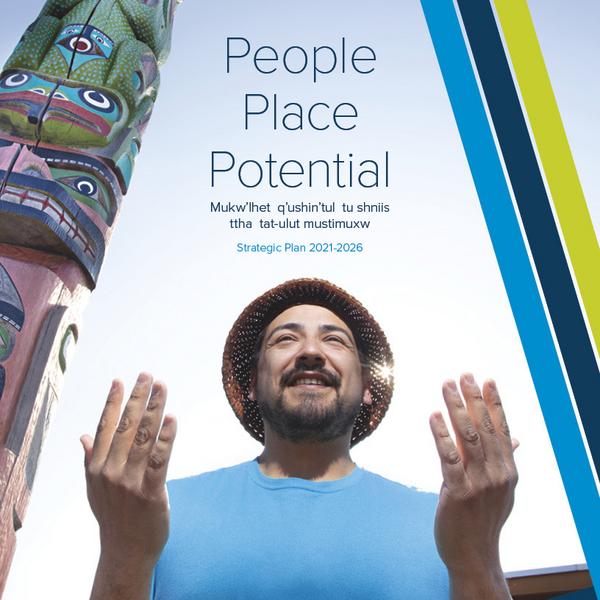Over the course of 2020 and 2021, VIU created its new five-year Strategic Plan, People Place Potential. This website introduces the new plan, describes the collaborative process that put it together, and lays out the next steps.
The Strategic Plan
Vancouver Island University’s 2021-2026 Strategic Plan, People, Place, Potential was approved by VIU’s Board of Governors in April 2021. The plan builds on our university’s deep commitment to learners in all their diversity, draws on our historical connection to the communities and challenges of our region, and articulates our belief in the potential of all learners to benefit from a university education.
Frequently asked questions
The Strategic Plan will be implemented through six Foundation Plans, the concrete implementation documents that will drive all of the university’s daily work going forward. Over the course of 2021 and 2022, the following existing and new plans will be updated or created:
- The Academic Plan
- The Student Affairs Plan
- The Scholarship, Research and Creative Activity Plan
- The Community Partnerships Plan
- The People Plan
- The Operations Plan
The Strategic Plan commits VIU to measuring progress and reporting back regularly. The Foundation Plans and their progress will also form the basis of VIU’s annual Institutional Accountability Plan and Report.
See the current measure of progress.
The strategic planning process was publicly launched in March 2020 and the final public consultation wound up in November before conversations in VIU’s governing bodies in the spring of 2021. Overall, more than 2,000 members from VIU’s campuses and communities participated through in-person and online engagement. For details of the collaborative process and reports on the findings, see The Engagement Process.
In response to feedback, the final plan is much shorter and crisper than the earlier version, but it maintains the core commitments that met with strong approval in the consultations.
In several ways, the final plan is even more ambitious. For example, the original commitment to a sustainability plan has been broadened to encompass the whole of the UN Sustainable Development Goals, and has been deepened to be a cross-cutting goal throughout the university.
Similarly, the Strategic Plan commits VIU to integrating our commitment to Indigenous peoples in all of our activities, and not only in a singular plan. Equity, diversity and inclusion is likewise woven throughout all future planning, as is a new commitment to integrating cultural competencies in a global world across our activities.
Also new and exciting is the commitment to become a leader in learning for new generations – a plan to share with other universities what we are learning at VIU, in particular about increasing access, developing powerful educational experiences, and serving the needs of underserved learners.

